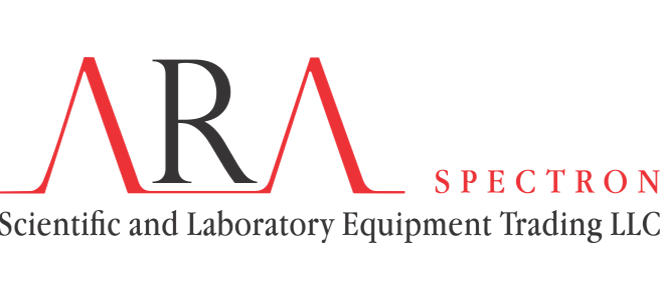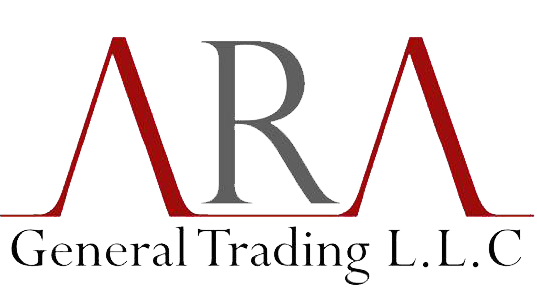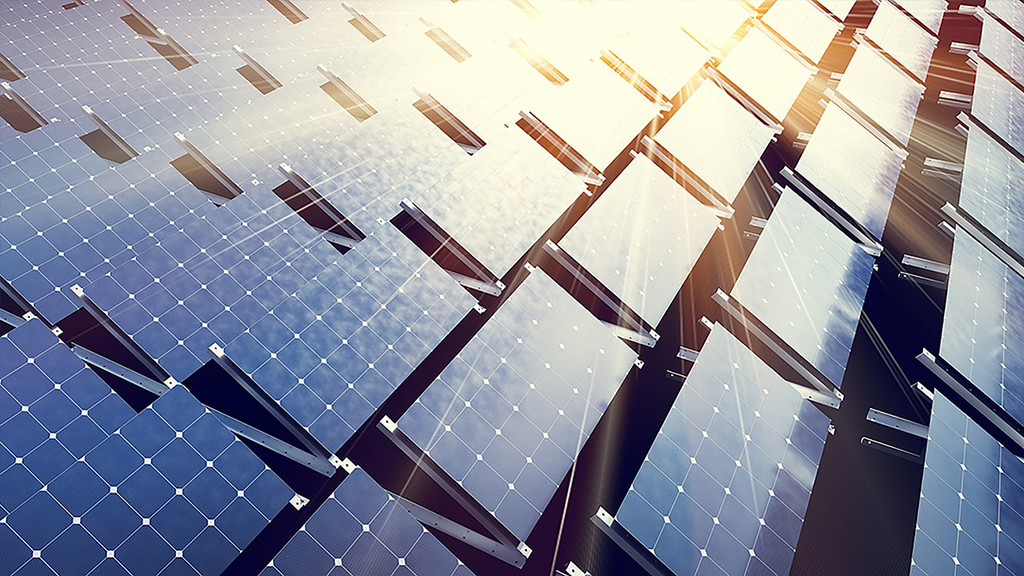In this teaching-lab experiment, we describe how to mix spices and rubbing alcohol to measure the absorbance and concentration of samples including paprika, turmeric and saffron.
Ocean Insight evaluated NIR spectroscopy as a method to measure the reflection of photovoltaic panel materials. A manufacturer of thin film photovoltaic panels requested NIR reflectivity analysis of several proprietary coated glass samples. Measurements were conducted from 1200-2100 nm under ambient lab lighting conditions. Because the absorbance of photovoltaic panels is so critical, determining the reflectivity at panel edges and elsewhere is a good indicator of the light loss at those areas. The use of anti-reflective coatings and glass dopants are among many materials manufacturers may evaluate in improving panel efficiency.
Experimental Conditions
Five coated glass samples were analyzed with an Ocean Insight NIR spectrometer that was customized with a 100 um entrance slit and optimized for the range from 1200-2100 nm. (A preconfigured NIRQuest+2.2, which covers 900-2200 nm, would be the spectrometer of choice today.) The sampling setup comprised a tungsten halogen light source, 400 µm reflection probe and an optical stage. A specular reflection standard was used as a reference. Spectrometer operating software completed the setup.
The glass samples were placed on the sample holder uncoated side down, to ensure the probe measured the reflection from the coating through the glass. The optical stage positioned the probe at 90° to measure specular reflectance.
Measurements were taken under overhead lighting conditions. The high-powered tungsten halogen light source provided continuous illumination from 360-2000 nm. The distance from the tip of the reflection probe to the surface of the sample was measured at ~7.0 cm for each sample, to simulate production conditions.
Ocean Insight NIRQuest+ spectrometers have an enhanced optical bench design for high-sensitivity performance, allowing for low limits of detection at NIR wavelengths from 900-2500. NIRQuest+ has great thermal stability and can be used in the lab or on the line, such as on a conveyor belt, as its higher sensitivity allows users to capture the necessary spectra over shorter integration times. Also, at longer wavelengths, as in the evaluation of solar panel materials, NIRQuest+ measures diffuse reflection at low noise levels, resulting in cleaner spectra at wavelengths where distinct spectral features can be difficult to capture.


